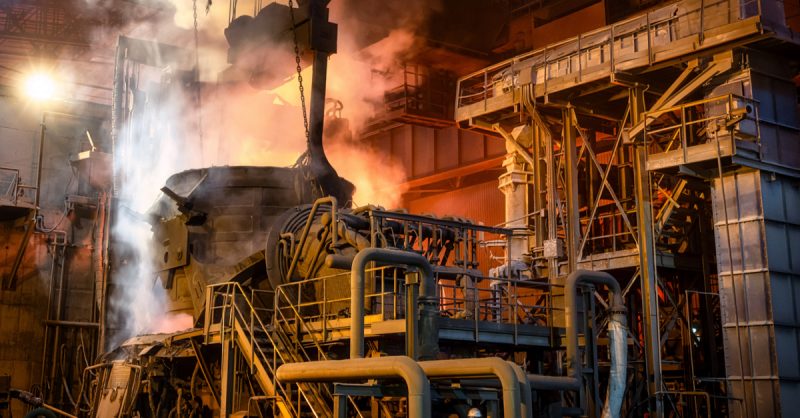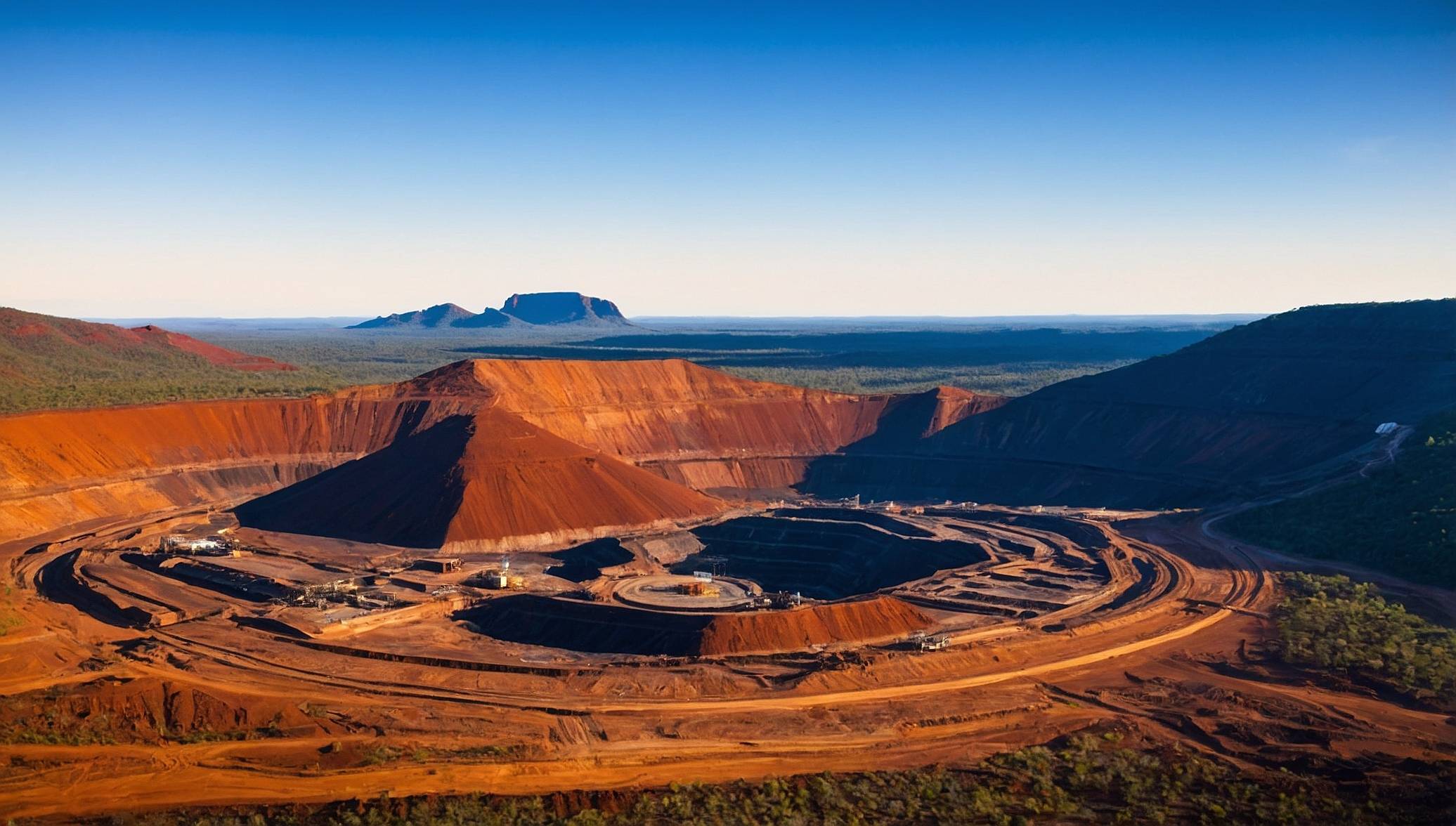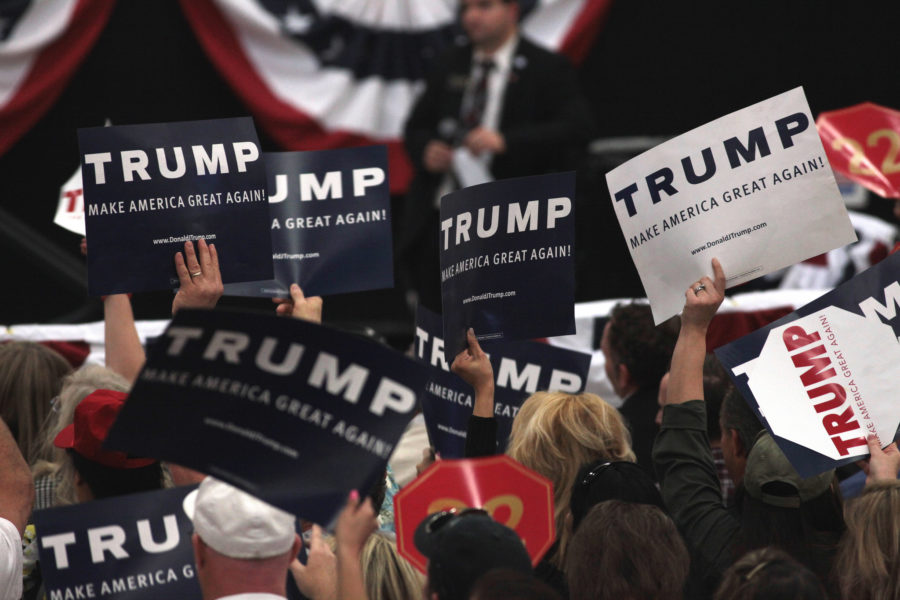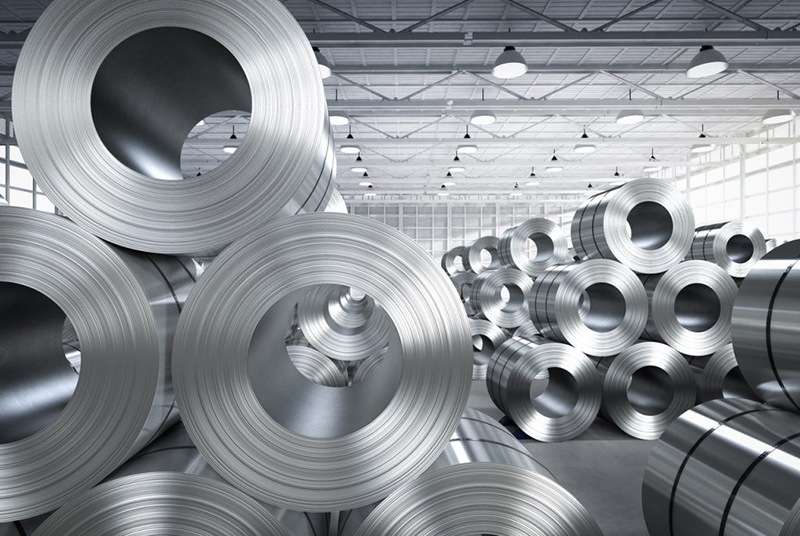
Germany Steel Production Trends in May 2025
Germany’s steel production declined by 6.4% year-on-year in May 2025, reaching 2.98 million tons. This marks the fifth consecutive month of annual production decreases, reflecting persistent challenges in the German steel sector. Despite a modest 1.1% increase compared to April, overall output remains subdued. The German Steel Industry Association WVStahl reports that production in oxygen furnaces dropped 13.1% y/y, while electric arc furnace output grew by 9.3%, albeit from a low comparison base.
Pig iron production also fell sharply by 9.8% year-on-year in May, totaling 1.83 million tons. Meanwhile, hot-rolled steel production rose slightly by 0.5% y/y but declined 6.7% month-on-month to 2.66 million tons. These figures highlight mixed performance across steel manufacturing processes in Germany.
Impact on Germany Steel Production and Industry Outlook
Between January and May 2025, Germany’s metallurgical industry contracted steel production by 10.8% year-on-year, totaling 14.43 million tons. Oxygen converters produced 9.7 million tons, down 14.2%, while electric arc furnaces output slipped 2.9%. Pig iron production decreased 13.7% to 9.01 million tons, and rolled steel dropped 8.3% to 12.79 million tons. WVStahl emphasizes that although electric steel production showed growth in May, the overall trend remains negative due to structural pressures and global market uncertainties.
Despite Germany’s position as one of the world’s top ten steel producers, recent years have seen smelting volumes remain under 40 million tons—an indicator of recessionary conditions in the industry. In 2024, Germany increased steel output by 5.2% to 37.23 million tons, yet it still fell short of historic levels.
SuperMetalPrice Commentary:
Germany’s 6.4% decline in steel production for May 2025 reflects broader structural challenges facing Europe’s industrial base. The contraction in oxygen furnace output signals weakening demand in traditional steelmaking, while growth in electric arc furnace production may represent a gradual shift toward greener steel technologies. However, global economic uncertainties and competitive pressures from emerging markets continue to strain the sector. Stakeholders should monitor Germany’s evolving steel production dynamics as Europe’s energy transition and industrial strategies unfold.











Leave a Reply
You must be logged in to post a comment.